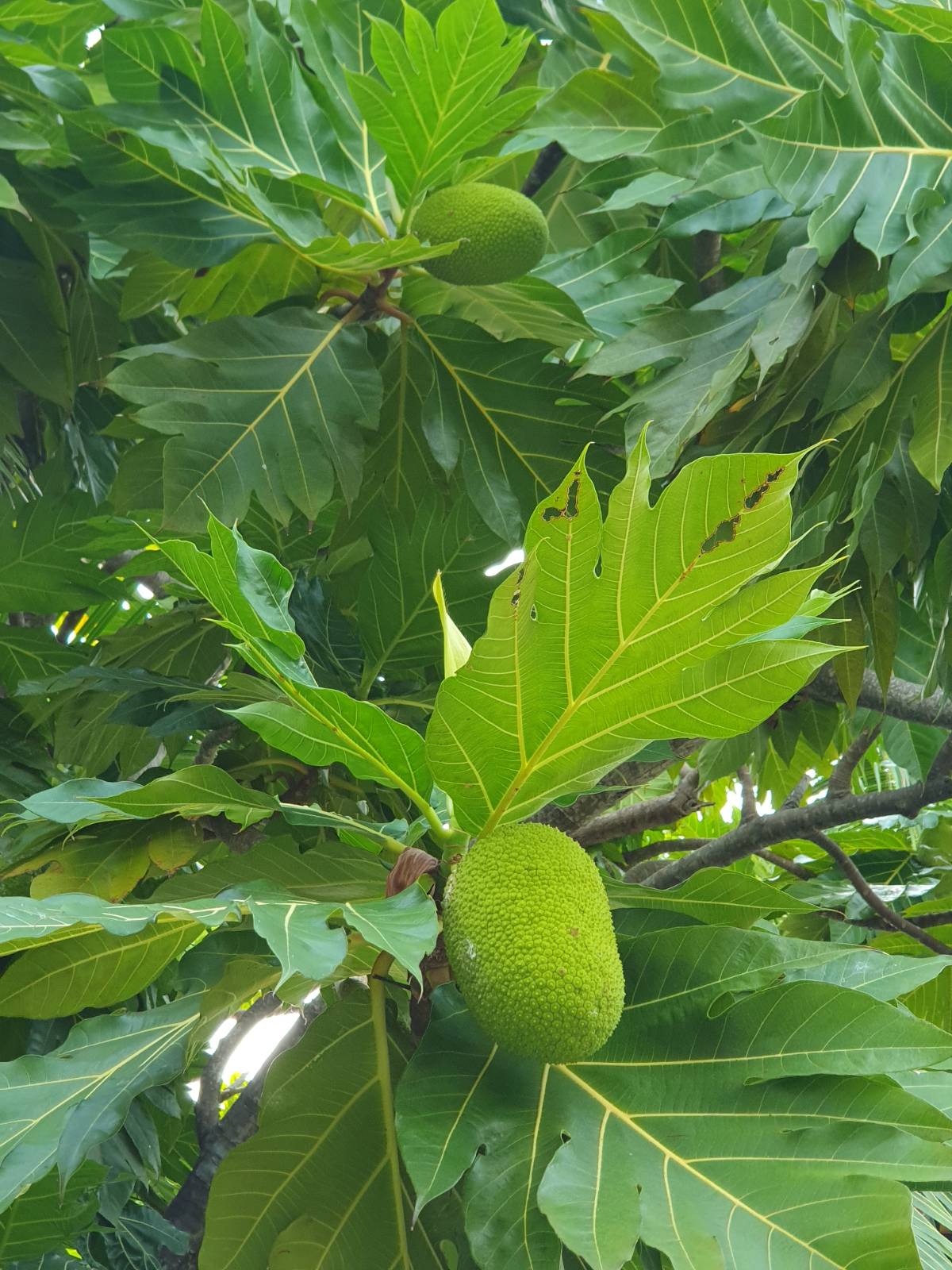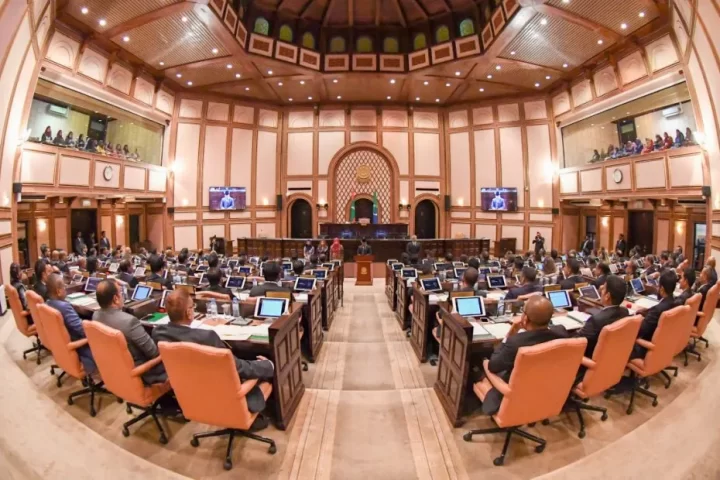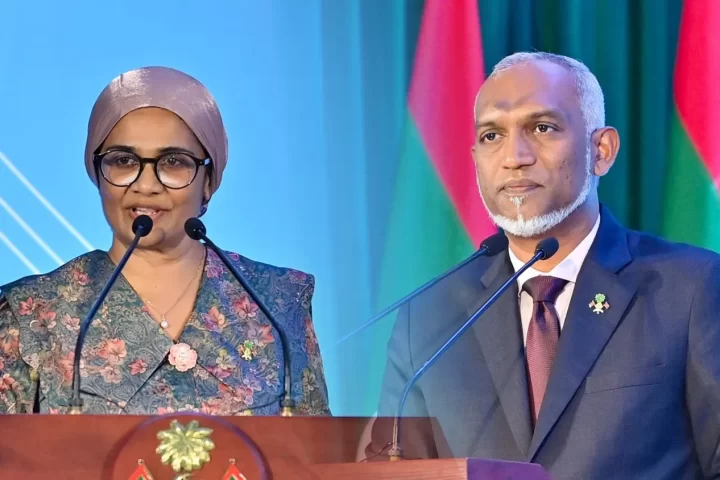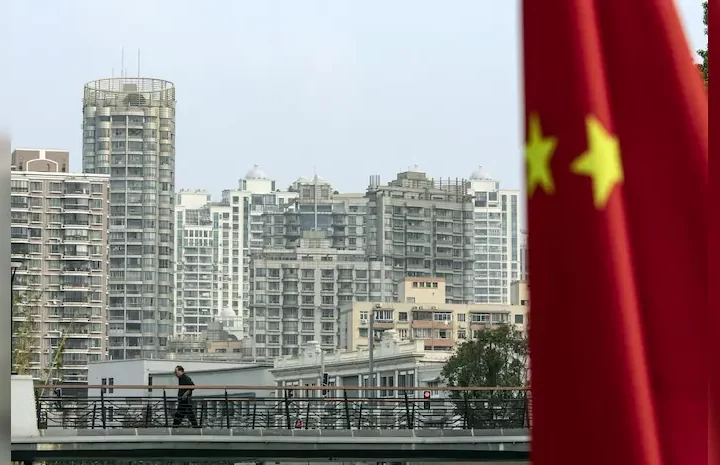MALÉ, Maldives — On a sun-drenched afternoon, the rhythmic sound of waves lapping against the shore provides a serene backdrop as islanders gather under the sprawling canopy of a centuries-old breadfruit tree. For generations, these majestic trees have been the lifeblood of Maldivian cuisine and lifestyle, offering sustenance and shade. But today, the breadfruit tree faces unprecedented pressures, its future hanging in the balance.
Once abundant across the islands, the breadfruit tree, with its large, verdant leaves and generous canopy, has been an indispensable part of Maldivian life. The tree’s fruits, rich in carbohydrates, are a dietary cornerstone, and its leaves, flowers, and wood have found myriad uses in traditional practices.
“Bambukeyo harissa” and “bambukeylu hithi” are some of the breadfruit curries locally enjoyed with plain rice or the local flatbread “roshi,” says Master Chef Juweriya Wajdee. Popularly known as Juwey, she elaborates further, saying that when breadfruit slices are deep-fried, they become the popular local snack “theluli bambukeyo.” As the author of over 75 Maldivian recipe books, Juwey explains how to make an authentic Maldivian dessert with breadfruit, “bambukeyo bondibaiy,” a dish prepared by cooking diced breadfruits in coconut milk with aromatics like cinnamon and pandan “raanbaa” leaf. Another favorite is candied breadfruit, “boakuri bambukeyo.”
Beyond food, the versatile leaves are integral to various traditional practices. Breadfruit tree leaves are indispensable in making the potli, or alhibondi, used for post-delivery care. They also serve a practical household purpose: when cotton is stuffed into pillows and mattresses, any remaining traces can be effectively removed using the back of these coarse leaves.
The male flower, known locally as tholhi, is prized for its natural mosquito-repellent properties, essential in the tropical climate of the Maldives. Even the dried tender leaves of the buds, thoori, have their use, often employed as a polishing material. “As children, we recall using this material to polish our nails,” says Juwey.
Historically, the robust planks from breadfruit tree trunks were favored for crafting furniture and caskets, an essential part of burial rituals. However, this practice has declined, perhaps reflecting the changing availability and shifting uses of the wood.
The breadfruit tree’s generous canopy is not only a haven of shade but also a communal gathering spot for fangi weaving, or indulging in island gossip about marriages and divorces, our favorite pastimes, offering respite from the relentless sun. Yet, the increasing scarcity of these trees raises concerns about the future availability of such natural oases.
As the breadfruit tree becomes less ubiquitous, its multifaceted roles in Maldivian culture, cuisine, and daily life become ever more poignant. The rising prices reflect not just economic shifts but also a deeper cultural impact, as the islands grapple with maintaining their traditions amidst the challenges of modern demands and environmental changes.
A Cultural Cornerstone Under Threat
The breadfruit tree’s diminishing presence serves as a stark reminder of the delicate balance between nature and human needs. In a nation where the past and present are intricately linked, preserving the breadfruit tree’s legacy is not just about food security; it is about maintaining the cultural and environmental heritage that defines the Maldives. As the islands look towards the future, the fate of the breadfruit tree will undoubtedly play a crucial role in shaping the narrative of resilience and adaptation in the face of scarcity.
The Maldivians’ deep connection to this tree underscores the urgent need to address the growing demand and ensure that this cornerstone of their heritage continues to thrive.

A recent social media buzz captured this sentiment vividly. Renowned chef Gordon Ramsay’s confusion over whether breadfruit is a fruit or a vegetable sparked lively debates online. One comment stood out, humorously inviting Ramsay to the islands to experience breadfruit in its many forms, from fried chips at Velana Airport Duty Free Shops to the unique taste of ripened fruit buried in hot ashes overnight.
Another commenter highlighted the fruit’s historical significance, noting how British colonists recognized its value early on, planting it across the Caribbean to sustain their garrisons and settlements. “One large breadfruit tree can contain dozens of fruits, each capable of feeding at least a dozen people,” one user pointed out, emphasizing the tree’s potential in addressing global food shortages.
This conversation underscores the breadfruit tree’s role as more than just a source of food—it’s a symbol of resilience and community. In the Maldives, where the land and the people are intimately connected, the breadfruit tree stands as a testament to the islanders’ resourcefulness and their deep respect for nature. As modern challenges mount, ensuring the survival and proliferation of this heavenly tree is not just a matter of preserving tradition but a vital step toward securing the future.












